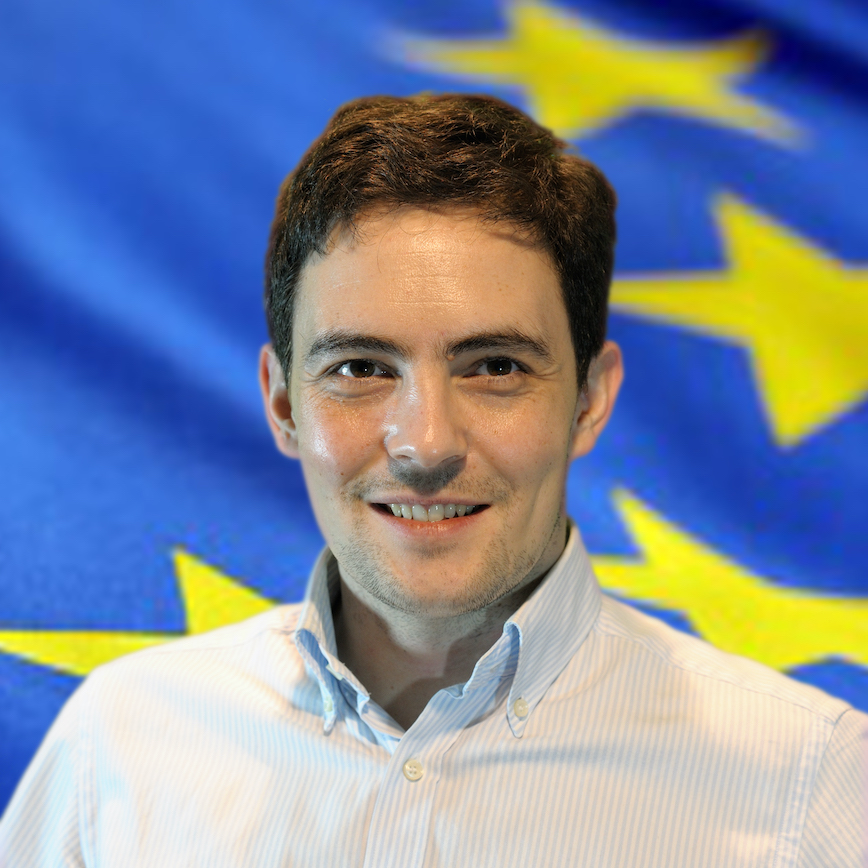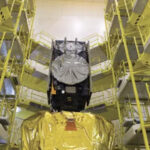An interview with Ignacio Fernández Hernández, Galileo Authentication and High Accuracy Service Manager, European Commission.
The Galileo program brings together three principal collaborators. The European Space Agency (ESA) carries out satellite and ground system design and development, while the European Union Agency for the Space Program (EUSPA) is in charge of service provision, operational security and market development. The third crucial partner is the European Commission, which oversees and manages the program as a whole. The Commission also plays a limited technical role that is sometimes overlooked, that of defining Galileo services.
Ignacio Fernández Hernández is Galileo Authentication and High Accuracy Service Manager, European Commission. “Our efforts in recent years have produced very encouraging results,” he told Inside GNSS, “and will make Galileo the first GNSS to provide authentication and high-accuracy data.” The European Commission, he said, expects both the Open Service Navigation Message Authentication (OSNMA) and the High-Accuracy Service (HAS) to be available soon.
“The OSNMA signal in space was transmitted by Galileo satellites between November 2020 and April 2021,” Hernández said. “The results of testing have been thoroughly analyzed and we see no degradation of accuracy or availability of the standard Open Service (OS) position fix due to OSNMA. Regarding HAS, testing of the signal-in-space started in May 2021, and has demonstrated a remarkable few-centimeter-level accuracy in the orbit and clock corrections, for both Galileo and GPS.”
History and Current Status
Galileo service definitions have evolved over time, starting in 2013, when the Commission first defined the Commercial Service as an added-value service to be provided by Galileo. Eventually, the concept was resolved into three separate services. These are: the OSNMA, authenticating the Galileo open service message to protect it from spoofing attacks; the HAS, providing corrections to allow PPP worldwide, and; a Commercial Authentication Service (CAS), providing signal authentication through an as-yet-to-be-defined commercial framework.
“The first priority was to define the OSNMA and HAS services,” said Hernández, “including the signal-in-space message and high-level specification. We then shifted to prototyping OSNMA and HAS modules.”
Among the particular challenges associated with adding OSNMA and HAS to Galileo was the fact that the ground and space infrastructure and the signals were already defined. “To speed up development,” said Hernández, “the new functionalities have been integrated in such a way as to maximally exploit current capabilities while limiting changes in Galileo’s core infrastructure.”
Signal Specifics
“OSNMA is a first-of-its-kind,” said Hernández. “We are defining a GNSS signal authentication protocol for potentially billions of users worldwide, as well as the receiver logic, adapting cryptographic protocols and functions, all with no impact on Galileo’s accuracy and availability.
“Over the next few months, we will fine-tune OSNMA infrastructure and protocol configurations. Then we will have a public observation phase, planned for autumn 2021, when OSNMA specifications, receiver guidelines and cryptographic keys will be made publicly available. Then, following service validation and tuning of the key management functions, an initial Galileo OSNMA service should be operational by early 2023.”
Regarding HAS, a key challenge has been the transition from a fee-based service, as initially conceived, to a free service. “Originally it was to be an external service transmitted by Galileo,” Hernández said. “Now it will be a free service offered by the Galileo infrastructure. Galileo has only 14 monitoring stations worldwide, while PPP providers generally use many more. In spite of these limitations, early tests show that the corrections are in line with the target of 20 cm horizontal accuracy for 95% of the time.”
The plan is to publish an HAS Interface Control Document (ICD) before the end of the year. That will lead to a service validation phase, with the HAS signal publicly available, and later service declaration by 2022. “In the subsequent two to three years, more stations will be added to achieve worldwide coverage and an ionospheric correction service in Europe,” Hernández said.
As for the CAS, he added, “it is still about a couple of years behind its counterparts. There is a service proposal; the short-term priority is to formalize it and then start the process already completed for OSNMA and HAS.” An early service is expected by 2024, based on the encrypted Galileo E6C signal, and a so-called ‘semi-assisted’ signal authentication scheme, also relying on OSNMA.
Broad Collaboration
“As a multi-national program with a certain organizational complexity, Galileo has some inertia,” Hernández admitted, with a wink (Galileo, the scientist and historical figure, being traditionally credited as the first to formalize the concept of inertia). “It has been a challenge for the Commission to undertake this technical role of defining services, which does go beyond its typical oversight role as program manager.”
Nevertheless, he said, the program continues to be characterized by a remarkably level of cooperation. “Many relevant European companies and research teams have contributed to the definition of HAS/OSNMA/CAS services,” said Hernández, “not only from the GNSS side but also from the cryptology domain. The Commission’s Joint Research Centre has been supportive, being involved in the early proposals and recent testing, and EU member state research centers have also supported OSNMA testing.”
Looking beyond the Commission’s European partners, authentication and high accuracy are certainly of interest to the broader GNSS community, and the Commission has found eager partners among international groups, including the US-EU Working Group C (WGC) on future GNSS services and the International Committee for GNSS (ICG). There have also been bilateral discussions with Japan.
Hernández noted that the WGC is proposing a similar solution to OSNMA for SBAS authentication, and the HAS protocol uses a format compatible with Japan’s Quasi-Zenith Satellite System (QZSS). He said, “Ideas coming out of the HAS specification, as well as from QZSS’s Radio Technical Commission for Maritime Services – Compact State-Space Representation (RTCM CSSR), may influence future RTCM standards. Furthermore, an ICG task force has recently been created for promoting PPP interoperability.”
In terms of applications, said Hernández, “The three services can reinforce the navigation performance and resilience of many different users, in automotive, unmanned aerial vehicles (UAVs), maritime, or location-based services in general, and this is something almost everyone will understand and be affected by.”





